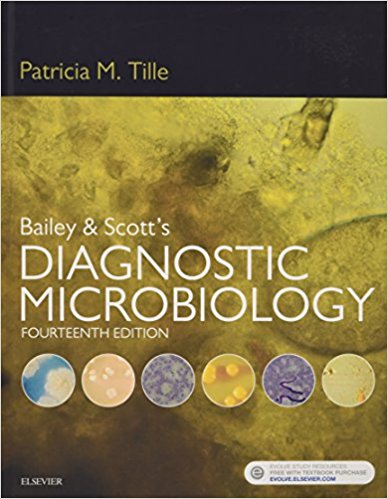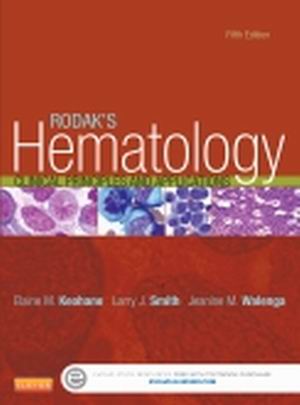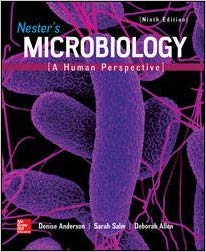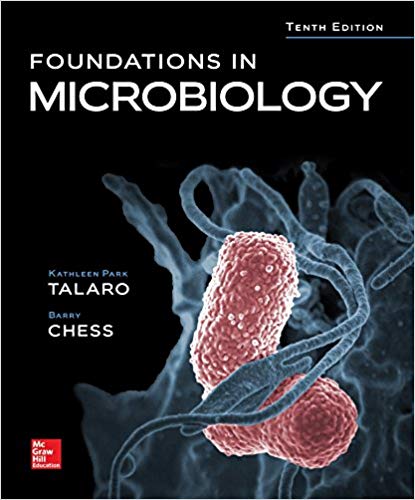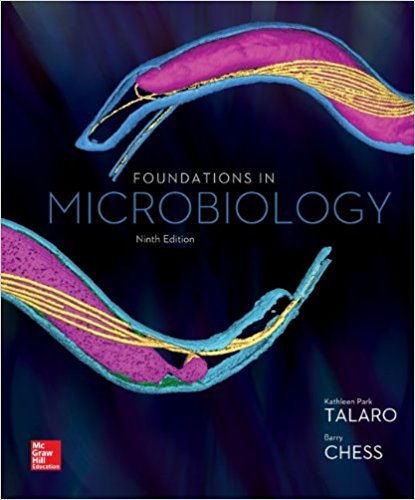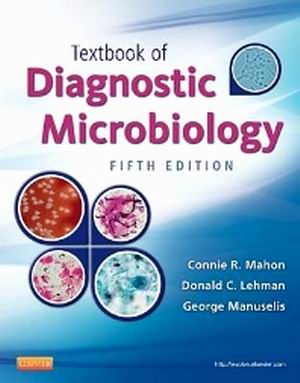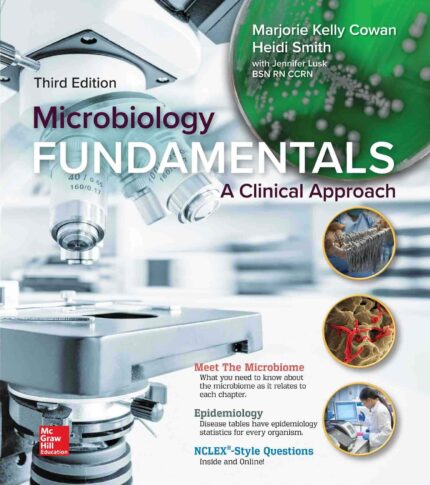Test Bank for Bailey and Scotts Diagnostic Microbiology 14th Edition by Tille
Chapter 01: Microbial Taxonomy
MULTIPLE CHOICE
- Taxonomy can be described as a system that:
| a. | classifies, names, and identifies microorganisms in a consistent manner. |
| b. | classifies microorganisms, based on their genetic makeup. |
| c. | classifies microorganisms, based on their phenotypic makeup. |
| d. | classifies microorganisms, based on their cellular and colonial traits. |
ANS: A
Taxonomy is a system that consistently classifies, names, and identifies microorganisms. Although organisms have genotypic and phenotypic characteristics, as well as cellular and colonial characteristics, answer A best describes the term taxonomy.
REF: 1
- The most basic taxonomic group that can be defined as a collection of bacterial strains that share many common physiologic and genetic features is:
| a. | genus. |
| b. | species. |
| c. | class. |
| d. | kingdom. |
ANS: B
Bacteria are classified into the same species, based on their physiologic and genetic similarities and their differences from bacteria in other species.
REF: 2
- Colonial and microscopic morphologic properties, along with the pigmentation of colonies, would belong to a microorganism group of ________ characteristics.
| a. | genotypic |
| b. | taxonomic |
| c. | phenotypic |
| d. | subspecies |
ANS: C
Phenotypic characteristics are the observable properties of the subject.
REF: 3-4
- Which binomial name is correctly written?
| a. | Escherichia coli |
| b. | Escherichia coli |
| c. | Escherichia coli |
| d. | Escherichia Coli |
ANS: A
The genus should be capitalized, and the species should be in lowercase. The entire name is either italicized or underlined.
REF: 2
- The use of a double genus in a microorganism’s label, such as Burkholderia (Pseudomonas), indicates that the bacterium:
| a. | does not fit well in either group but has some characteristics of both groups. |
| b. | is a genetic cross between the two groups. |
| c. | has been moved from one genus (Pseudomonas) to another genus (Burkholderia). |
| d. | has been moved from one genus (Burkholderia) to another genus (Pseudomonas). |
ANS: C
A name of an organism may change as scientists learn more about the organism. An older name is often included in parentheses next to the current name to alleviate confusion about the identity of the organism.
REF: 3
- A bacterium that has been moved from one genus (Pseudomonas) to another genus (Burkholderia) would be correctly noted as which one of the following?
| a. | Pseudomonas (Burkholderia) |
| b. | Burkholderia (Pseudomonas) |
| c. | Pseudomonas, formerly Burkholderia |
| d. | Burkholderia, formerly Pseudomonas |
ANS: B
The name of an organism may change as scientists learn more about the organism. An older name is often included in parentheses next to the current name to alleviate confusion about the identity of the organism.
REF: 3
- The taxon that is composed of similar species that have several important features in common but differ sufficiently to still maintain their status as individual species is which one of the following?
| a. | Class |
| b. | Order |
| c. | Family |
| d. | Genus |
ANS: D
The genus is composed of similar species.
REF: 2
- Which binomial name is correctly written?
| a. | Staphylococcus Aureus |
| b. | staphylococcus aureus |
| c. | Staphylococcus aureus |
| d. | Staphylococcus aureus |
ANS: C
The genus should be capitalized, and the species should be in lowercase. The entire name is either italicized or underlined.
REF: 2
- An example of an organism’s genotypic characteristic is its:
| a. | macroscopic morphologic structure. |
| b. | microscopic morphologic structure. |
| c. | nucleic acid composition. |
| d. | antigenic properties. |
ANS: C
The organism’s nucleic acid composition—deoxyribonucleic acid (DNA) and ribonucleic acid (RNA)—is a genotypic characteristic. All of the other choices are phenotypic characteristics.
REF: 3
- An organism is serologically identified in the clinical laboratory. This is an example of which phenotypic property?
| a. | Subcellular properties |
| b. | Antigenic properties |
| c. | Resistant profiles |
| d. | Nucleic acid sequence analysis |
ANS: B
Serologic methods examine the organism’s antigenic properties.

